“HOWA HAPPINESS”
Having received my first pellet gun at the tender age of 4 years old, it is safe to say that I have spent my entire life hunting. As my passion for the outdoors grew and I developed as a hunter, it soon became apparent to me that running a safari business, and sharing the experiences that I am so fortunate to have on a day-to-day basis with others, is what I wanted to do for the rest of my life.
Naturally, I needed to equip myself with the correct tools in order to effectively run my business. Arguably, the most important tool for a professional hunter is a reliable, versatile and durable hunting rifle. Being young, cash flow was tight but I needed to make the purchase in order to guide hunts and, as you can imagine, constantly borrowing rifles was simply not an option. Fortunately, when I graduated from university with a Bachelor of Commerce, majoring in law & economics, my parents very kindly offered to buy me a rifle as a graduation gift.
Now, anyone who has considered purchasing a firearm will know that there is a huge range of factors to consider and options to choose from. We’re talking calibre, reliability, performance, ergonomics, makes and budget to name a few. Generally, the first thing a potential buyer will consider is price. With practicality in mind, hunting rifles range from USD 500 to USD 10 000+. When considering my options, it was important that my rifle be able to hunt a wide variety of species, be reliable, durable and good quality but, at the same time, affordable.
When considering my options, I had to keep in mind that the rifle I selected was not one that would spend its time locked away in a safe or displayed in a glass cabinet. It would be a very important piece of equipment which would be used on a daily basis. Having hunted with a wide variety of calibres and makes, it was clear to me that, while ‘you get what you pay for’ is true, more expensive does not necessarily mean better. In other words, my opinion is that some of the hefty price tags that these rifles carry are not justifiable when one rifle can do 90% of another for 1/5th of the price.
Having gained my experience and done my research, it was abundantly clear to me that Howa was producing a rifle that ticked all the right boxes. From a durability and quality perspective as well as carrying a price tag that didn’t make my eyes water, it meant that I didn’t get too precious about it when it was out and about and in the hands of my clients.
Anyone who has hunted will know that for plains game there is a wide variety of calibres that one can choose from. I may be scorned for saying this but, from a .270 to a .300, all these calibres do pretty much the same thing when it comes to hunting plains game. What it really boils down to is shot placement on the animal. However, I have always been a fan of the versatility of the 30.06. Being a professional hunter in Africa means that, from a plains game perspective, you need to be able to hunt animals that weigh 10kg all the way up to animals that weigh 1000kg.
Loading your ammo with a lighter grain of 160 means that you can hunt smaller animals like springbok, warthog and blesbok while loading the same ammo with 180 grain ensures that the bullet hits just that much harder allowing you to hunt bigger game like Kudu, Eland and Oryx.
For these reasons I chose my Howa 30.06 all those years ago. In my opinion, the 180 grain is too heavy for your smaller animals but, as a professional hunter, I need that extra hitting power to ensure that if my client’s shot is slightly off, there is still sufficient “mpumvu” that the animal will go down and not suffer. My clients are paying top USD’s to take their African trophies and it’s important to ensure, by all means necessary, that this happens, even if it is at the expense of a little extra meat damage.
It's also important to note that, with airline regulations ever-changing and becoming more strict, clients are more often than not opting to hire rifles rather than bring their own. While one may be very accurate with their own equipment, it is extremely difficult to pick up a new rifle and be 100% comfortable with it. With the variety of tough African game that we have to offer, just being a fraction off, can mean many long hours of tracking a wounded animal. Thus, both for the sake of the animal and the client’s experience, we opt for the heavier bullet.
I have been extremely impressed with my Howa over the years and it still works like it did on day one. The 180-grain bullet does tend to drop on shots over 200m but I very seldom shoot distances further than that. While some hunters pride themselves on how far that can shoot animals from, I prefer to see how close we can get to the quarry without being noticed. The closer you get to your prey, the smaller your margin for error and the increased chances of a clean, ethical and humane kill.
I do accept that the Howa does have some limitations but if you are someone who is looking to hunt a few times a year and want an entry-level hunting rifle which can do 90% of its more expensive compatriots then I would recommend the Howa 30.06 as my rifle of choice.
